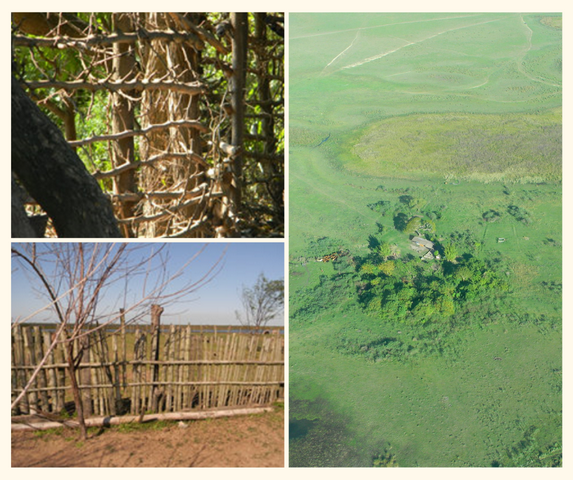Plant diversity, structure, and complementary uses in “fences” made by traditional communities in Iberá wetlands (Corrientes, Argentina)
DOI:
https://doi.org/10.30972/bon.3115809Keywords:
Agroecological strategy, biocultural conservation, ethnobotany, wetlandsAbstract
Among communities that inhabit the Esteros del Iberá it is common to find barriers that are made of natural elements gathered from the environment and are commonly known as “natural fences”. These fences fulfill the function of delimiting different spaces, while at the same time act as a source of natural resources and provide other environmental benefits. This work aimed at identifying the diversity of plant species and their uses, as well as the different types of fence constructions. The methodology consisted of semi-structured interviews, together with collection and identification of the plants used to build the fences. In addition, the Friedman index (“fidelity level” - FL) was applied to identify which plants are preferred as fence material. Results recognized three types of fences with characteristics that reveal the cultural adaptations and the local ecological context to which the studied communities adapted over time. Finally, there is the need to discuss these constructions as an “agroecological strategy”, as well as to give continuity to these traditional practices that generate great benefits for the socioecosystem and biocultural conservation in environments as versatile as the Iberá wetlands.Downloads
Download data is not yet available.

Downloads
Published
2021-12-28
How to Cite
Pirondo, A., Rojas, L., & Keller, H. (2021). Plant diversity, structure, and complementary uses in “fences” made by traditional communities in Iberá wetlands (Corrientes, Argentina). Bonplandia, 31(1), 55–68. https://doi.org/10.30972/bon.3115809
Issue
Section
Original papers
License
Declaration of Adhesion to Open Access
- All contents of Bonplandia journal are available online, open to all and for free, before they are printed.
Copyright Notice
- Bonplandia magazine allows authors to retain their copyright without restrictions.
- The journal is under a Creative Commons Attribution 4.0 International license.














.jpg)


